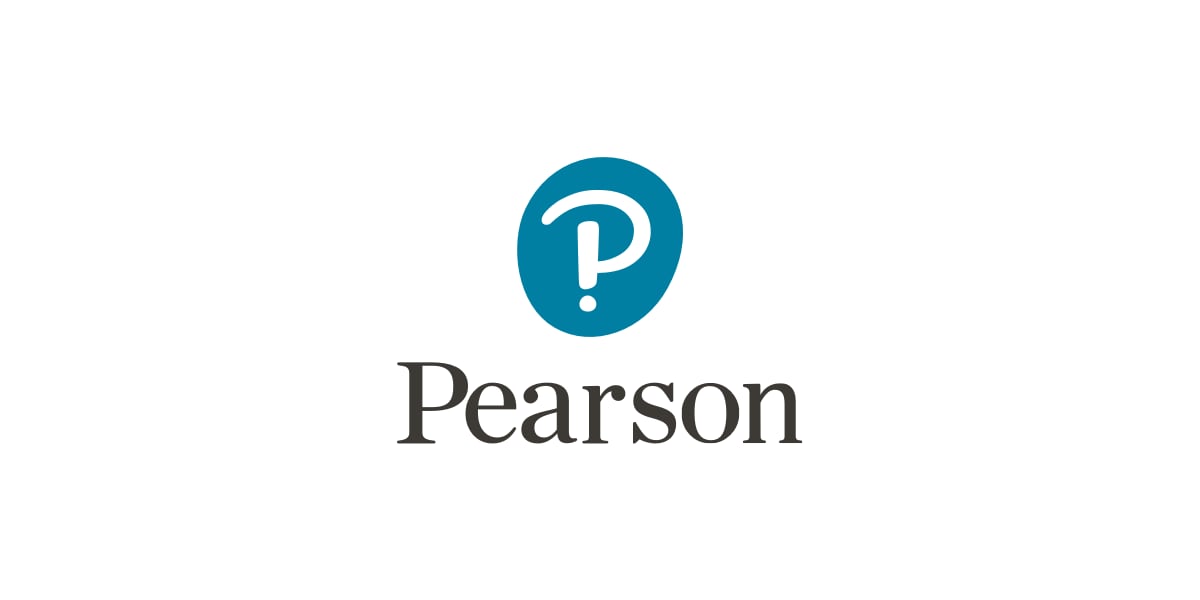

Autism Spectrum Rating Scales
ASRS- An easy-to-use, norm-referenced assessment designed to identify symptoms, behaviours, and associated features of the full range of Autism Spectrum Disorders
- PCTA distributes but does not publish this product.
Choose from our formats
-
Test forms & reports
Booklets, record forms, answer sheets, report usages & subscriptions
4 options
From AUD 161.26 -
Support materials
Manuals, stimulus books, replacement items & other materials
1 option
From AUD 202.18 -
All products
All tests and materials offered for ASRS
5 options
From AUD 161.26
-
ASRS Manual
9781488692123 Qualification Level B -
ASRS Parent QuickScore Forms for ages 2-5 with DSM-5 Update (pack of 25)
9781925120844 Qualification Level B -
ASRS Teacher QuickScore Forms for ages 2-5 with DSM-5 Update (pack of 25)
9781488689970 Qualification Level B -
ASRS Teacher QuickScore Forms for ages 6-18 with DSM-5 Update (pack of 25)
9781925120820 Qualification Level Bfor ages 6-18 (Pack of 25)
-
ASRS Parent QuickScore Forms for ages 6-18 with DSM-5 Update (pack of 25)
9781925120813 Qualification Level Bfor ages 6-18 (Pack of 25)
Overview
- Publication date:
- 2009
- Completion time:
- 20 minutes
- Administration:
- Individual; Manual scoring
- Age range:
- 2 -18 years
- Qualification level:
- B
Product Details
|
The ASRS scale is an easy-to-use, norm-referenced assessment designed to identify symptoms, behaviours, and associated features of the full range of Autism Spectrum Disorders. Parents and teachers are asked to evaluate how often they observe specific behaviours in the child or adolescent in areas such as socialisation, communication, unusual behaviours, behavioural rigidity, sensory sensitivity, and self-regulation. The ASRS was designed to effectively identify symptoms, behaviours, and associated features of Autism Spectrum Disorders (ASDs) in children and adolescents aged 2 to 18, and links in with DSM-5. Norms The ASRS was standardised on 2,560 non-clinical cases from across the United States. The standardisation included 640 cases for the ASRS (2 to 5 Years) with 320 parent and 320 teacher forms and 1,920 cases for the ASRS (6 to 18 Years) with 960 parent and 960 teacher forms. Over 1,200 clinical cases were also collected. The disorders in the clinical sample include:
Reliability The ASRS was found to demonstrate high levels of internal consistency (alpha ranging from .74 to .97). Test-retest reliability scores were computed for the ASRS scores over a 2- to 4-week interval. Overall, the test-retest values indicate excellent test-retest reliability (ranging from .72 to .93). Validity A series of discriminant function analyses were conducted in order to determine the ability of the scores to predict group membership in the Autism Spectrum Disorder or General Population groups. On average, the scales were able to very accurately predict group membership, with a mean overall correct classification rate of 92%. Key Areas Measured:
The ASRS scale is an easy-to-use, norm-referenced assessment designed to identify symptoms, behaviours, and associated features of the full range of Autism Spectrum Disorders. Parents and teachers are asked to evaluate how often they observe specific behaviours in the child or adolescent in areas such as socialisation, communication, unusual behaviours, behavioural rigidity, sensory sensitivity, and self-regulation. The ASRS was designed to effectively identify symptoms, behaviours, and associated features of Autism Spectrum Disorders (ASDs) in children and adolescents aged 2 to 18, and links in with DSM-5 symptom criteria. |

